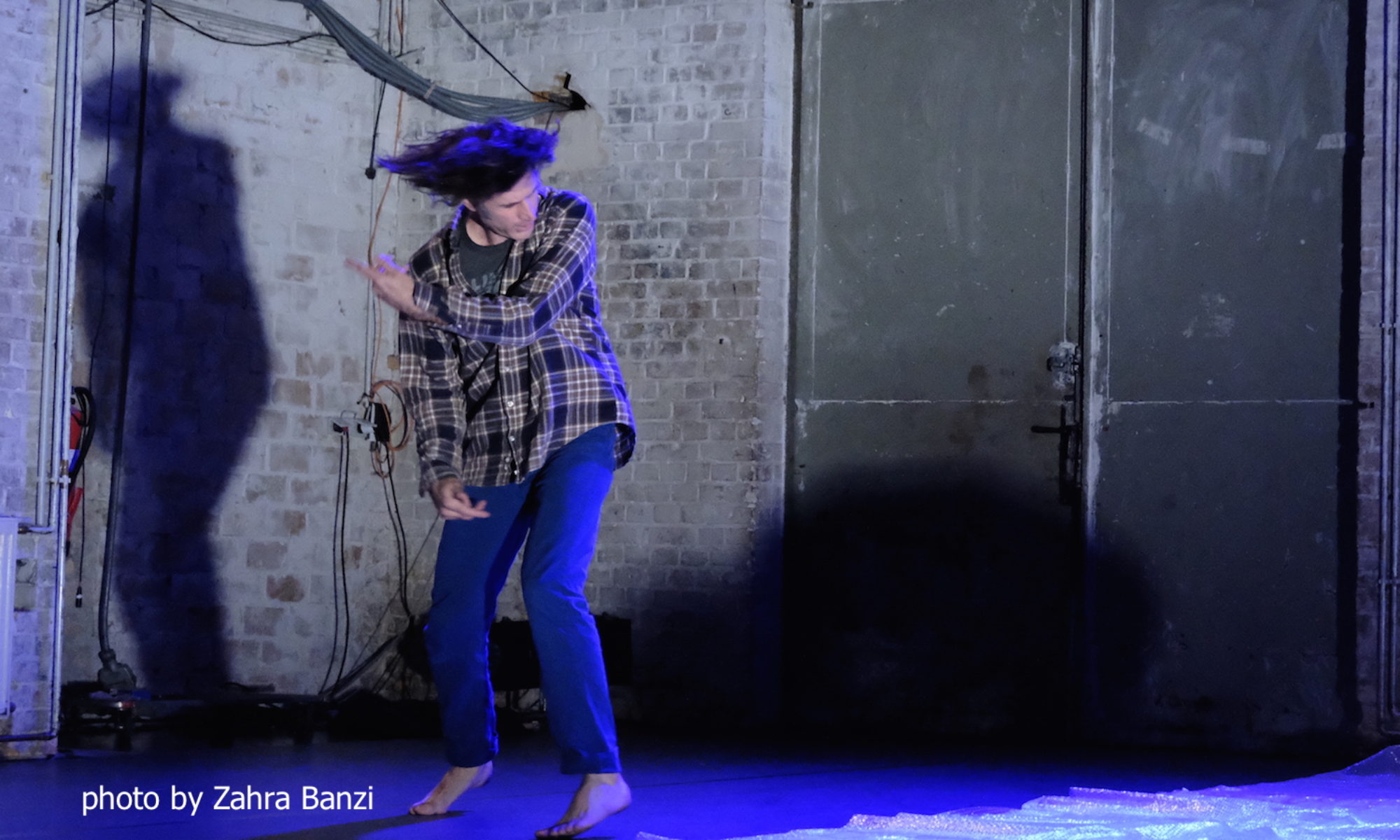“…the technique of Contact Improvisation, which prioritises the understanding of movement as response to direct physical stimuli through sharingweight with a partner(Novack 1990)”
the quote above is from Sophie Lycouris’ doctoral thesis. And I think that this notion perpetuated by Cynthia Novack’s book is what is keeping CI in the dog house of dance. This book, I believe, seems to be the academic go-to for understanding Contact Improvisation. I wish academics would use a more updated notion of CI
And I think that the above notion of what CI is, is outdated and limited. CI 26 years ago, maybe, focused on the movement in CI as a “response” to stimuli. This is only half of the coin. The focus on “movement as response” is what I think Lisa Nelson has been quoted as referring to as CI not being an art form.
There is nothing in CI that precludes the dancer from creating movement before direct stimuli. I understand why the “response” side is emphasized. Beginners all too often initiate movement without having the skills to execute their desires. End-gaining in AT™ terms. But I fear that this is where most teaching of CI stops, at the listening and responding.
But that is merely the beginning.
So back to the dog house…by limiting CI to responding, practitioners give CI that limp noodle look, the “improvised” look. (Don’t get me started about whether or not improvised has a look. Does painting have a look?). And humans, being the animals that we are, assume a whole host of values when we see an iteration of something. We, unless we know better, assume that everything of that thing we observe looks like what we have seen. Think “first impressions”. If CI is noodley in one iteration, then CI is noodley.
This noodle-heit and then the assumption of cuddly hippie everything goes lackadaisical-ness ruins CI for the rest of us who practice it differently and desire to use the tool of CI for other aesthetics and logics.
(oh, Andrew. Stop whining!)
